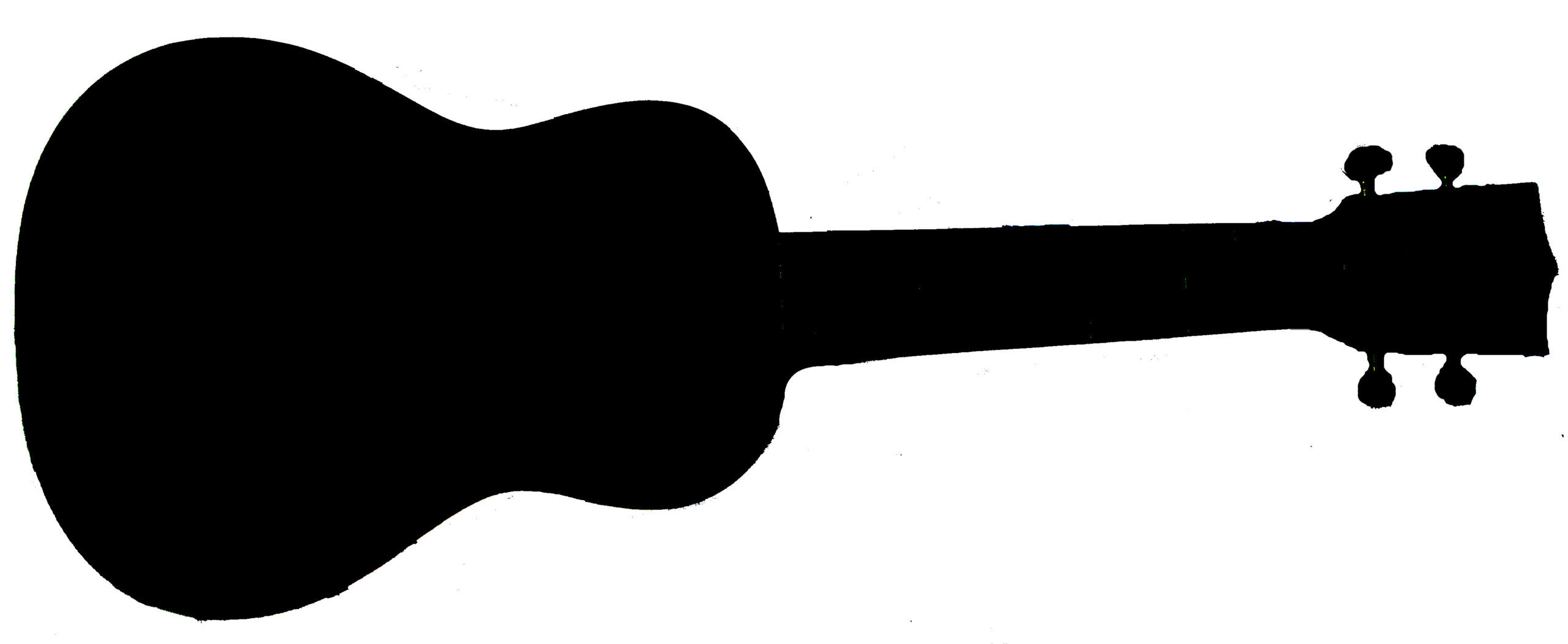A great ukulele-playing musicologist commented that the beat in songs often depended on whether the writers were colonisers or colonised. Colonisers march. 1 2 3 4 ! “EINS ZWEI DREI VIER!”, he roared in his best Prussian impression. I thought it was a little unfair to count the time in German given the British Empire was the biggest and implicitly the most aggressive. But he made the point. Play the beat ON the beat. ONE TWO THREE FOUR! This hasn’t faded with the passing of empires. Listen to the beat in lots of pop music today. It’s often a consistent “doof doof doof doof” on all four beats.
As ukulele players, it is rare that we can get away with the same approach. Jazz can work with almost all downstrokes on the beats, but part of its charm comes by varying the tune’s rhythm: adding little up-strums and spaces and emphasises at key moments.
Looking for a little spice, beginners soon start to add their own up-strums to the “and” between beats: “ONE and TWO and THREE and FOUR and” to create a straight shuffle strum (NB. If you don’t know exactly what a ‘straight shuffle’ is, check out Ukulele Mike Lynch on ‘4 very useful strums’ on YouTube). But, it’s not long before every song sounds curiously similar, if not to say monotonous, and someone mutters “janga janga janga” in a disparaging tone.
So, what’s an accessible way to improve on your first strums?
One answer is to get the backbeat groove. So much of 20th century music uses the backbeat that it is familiar to audiences and you, even if you can’t name it yet. It’s brilliant for classic ukulele-beginner tunes like Jambalaya and many of those Hank Williams 1940s-60s country tunes. You’ll find it in Dixie-land jazz, hand-clapping gospels and even rock and roll. It can’t be too hard to learn. And no less an authority than Chuck Berry says “[If] it’s got a backbeat. You can’t lose it!”.
How to start? Please, sit down in an upright chair (a kitchen chair is good). Pick up your uke. Nice slow downstrums thank you. One Two Three Four. Once you have a steady rhythm, start to sway forward-backward-forward-backward, like you’re riding a slow-motion trotting horse, bumping the chair with your back on the bolded beat: “one TWO three FOUR one TWO three FOUR”. Count them out loud. Voila: you found the backbeat!
Stage two: You want to accent the backbeat. No. Hold it! Flip this around. You want to DE-accent the ‘on beat’ (the “one” and the “three”). So try this: On the first down strum – the “one” beat – only hit the ‘g’ string, or maybe the ‘g’ and ‘C’ strings: just a mini downstrum. On your second down strum – the “TWO” beat – strum down across all strings. For the “three” beat you’re back to a mini down strum. And the “four” beat is a full down strum across all the strings.
Let’s call them ‘mini’ and ‘MAX’: part strum and whole strum. Now the down strumming rhythm you’re playing is ‘mini MAX mini MAX mini MAX mini MAX‘. It gets a natural swing to it. If you tap your foot you’ll find it almost irresistible to not tap with a little more oomph on those backbeats! Or if you tap with alternating feet, you’ll find your dominant side taking the backbeat and you’ll sway side to side in time with a little more commitment to those backbeats. Like Chuck said, once you got it, you can’t lose it!
So, to recap, you can count ‘one TWO three FOUR’ (yes, a little louder on the bolded beats!).
You can sway forward-backward-forward-backward.
You can mini and MAX.
You can tap your foot or feet and get that crazy backbeat rhythm.
Try it with Jambalaya or Deep in the Heart of Texas. Once you have it, “you can’t lose it!”
Now, save your back. I can’t afford to be liable for your physiotherapist bills!
